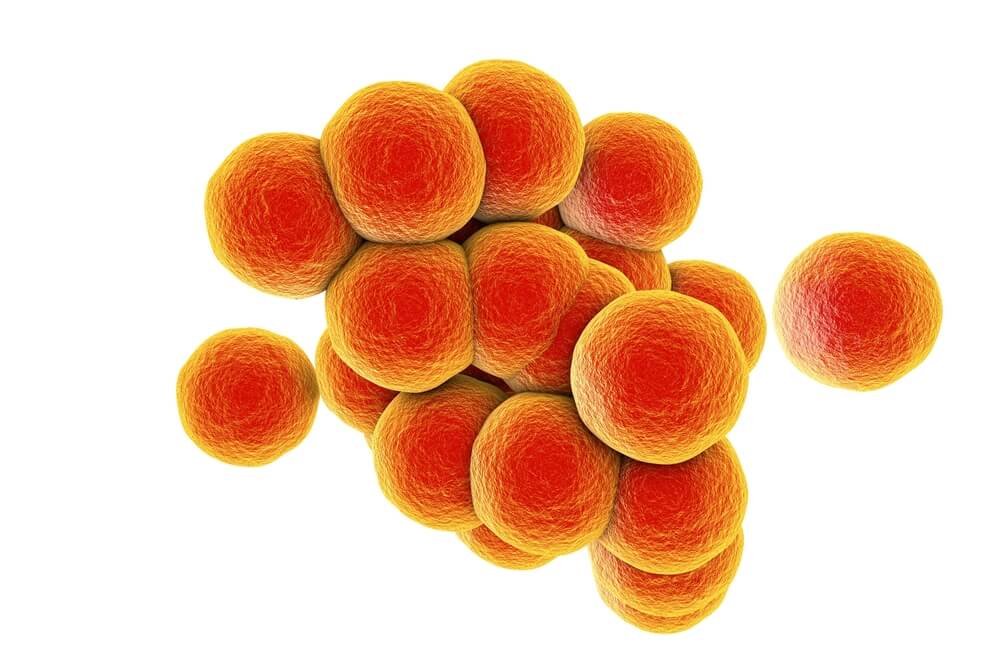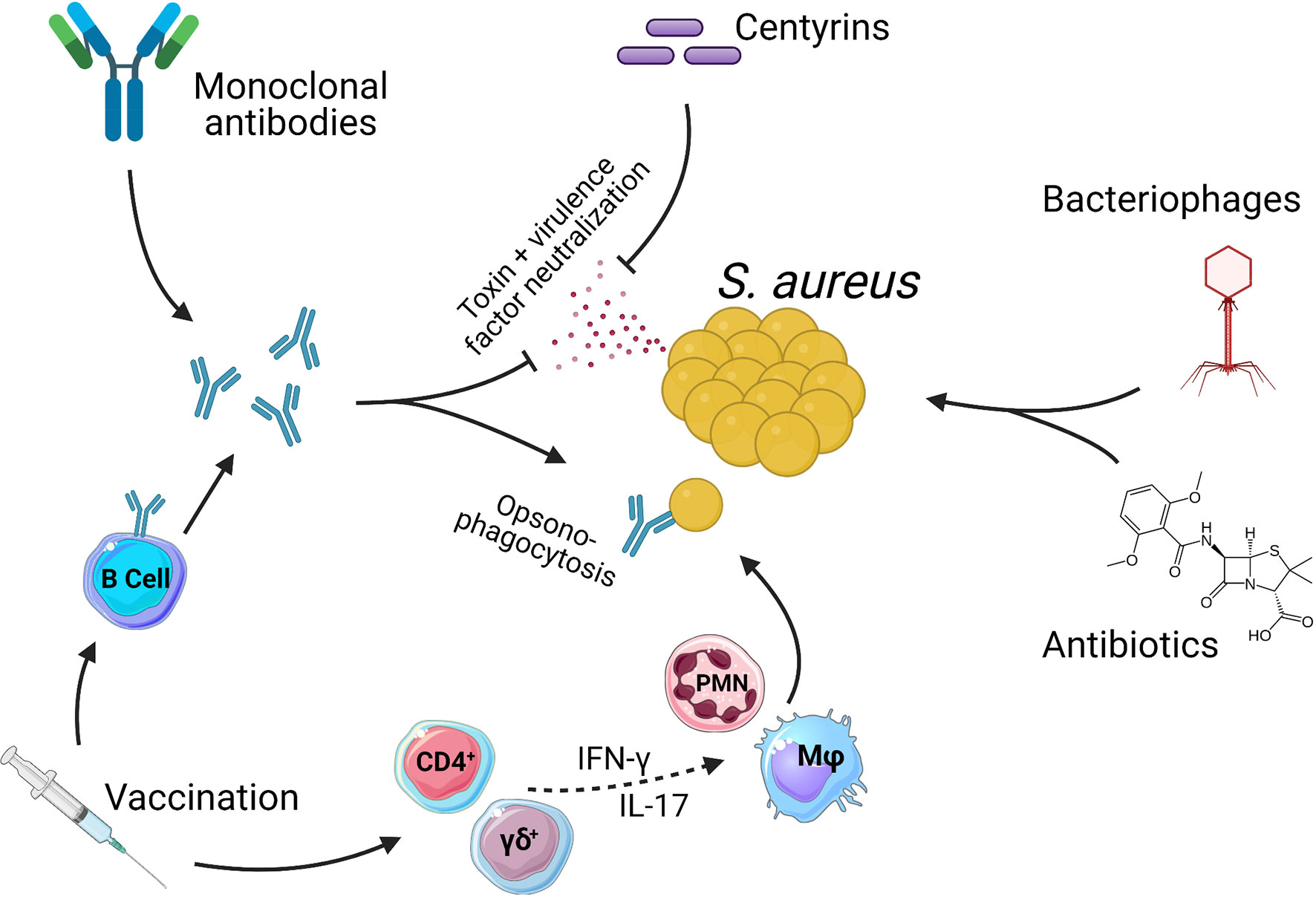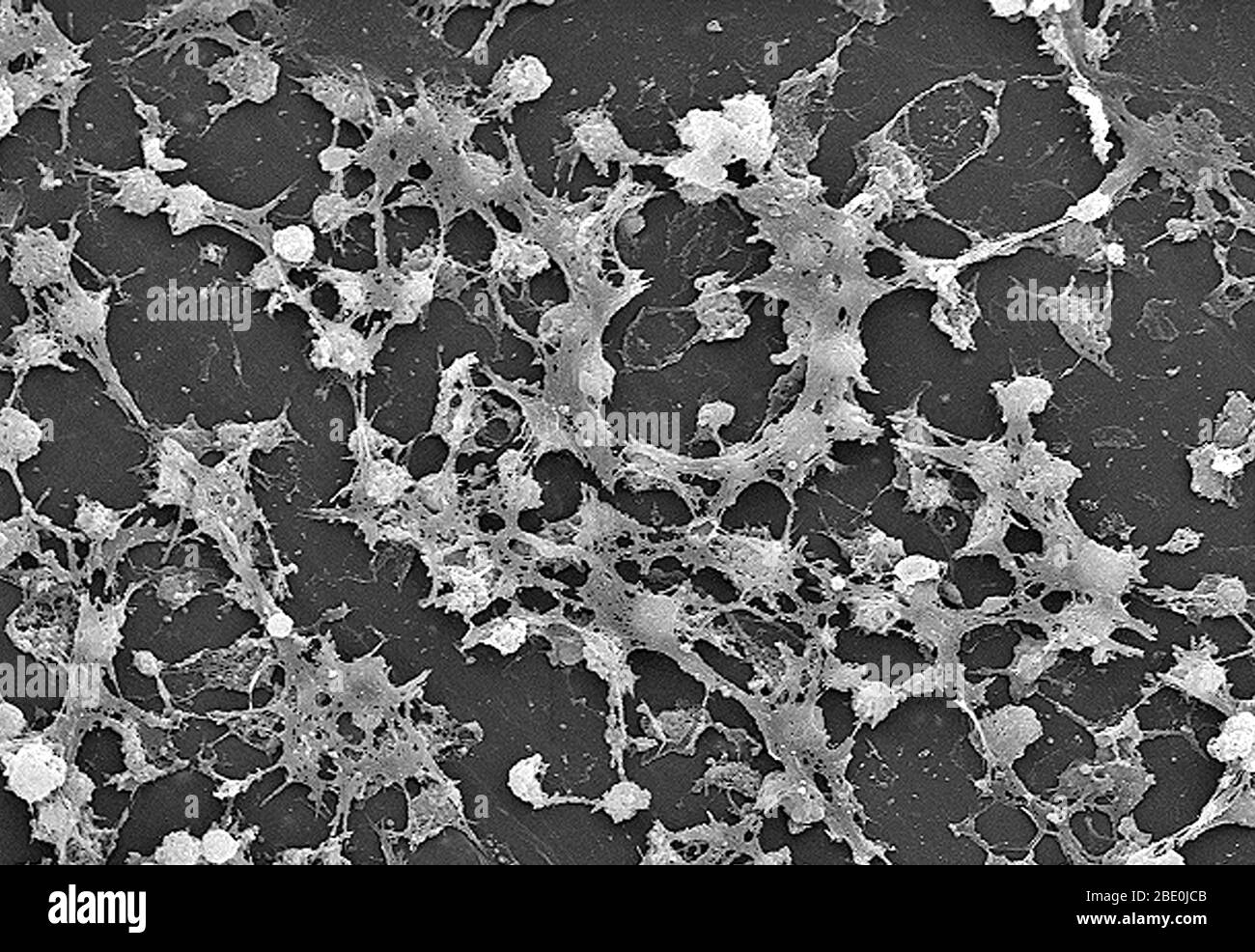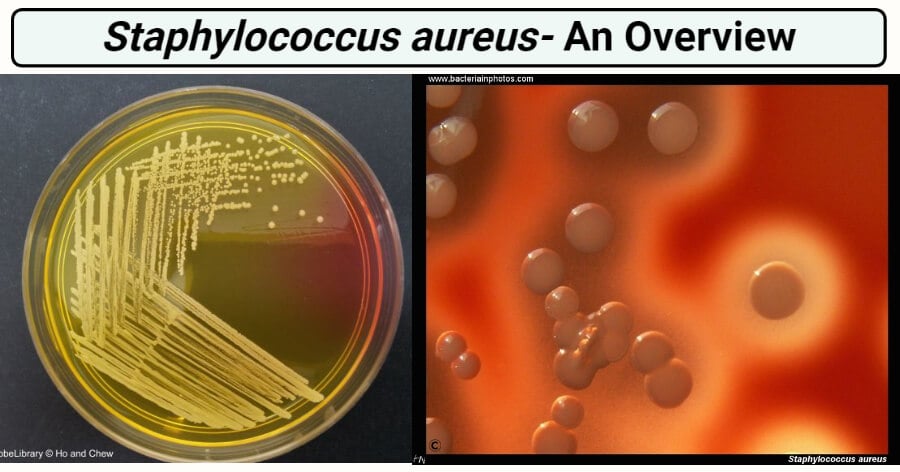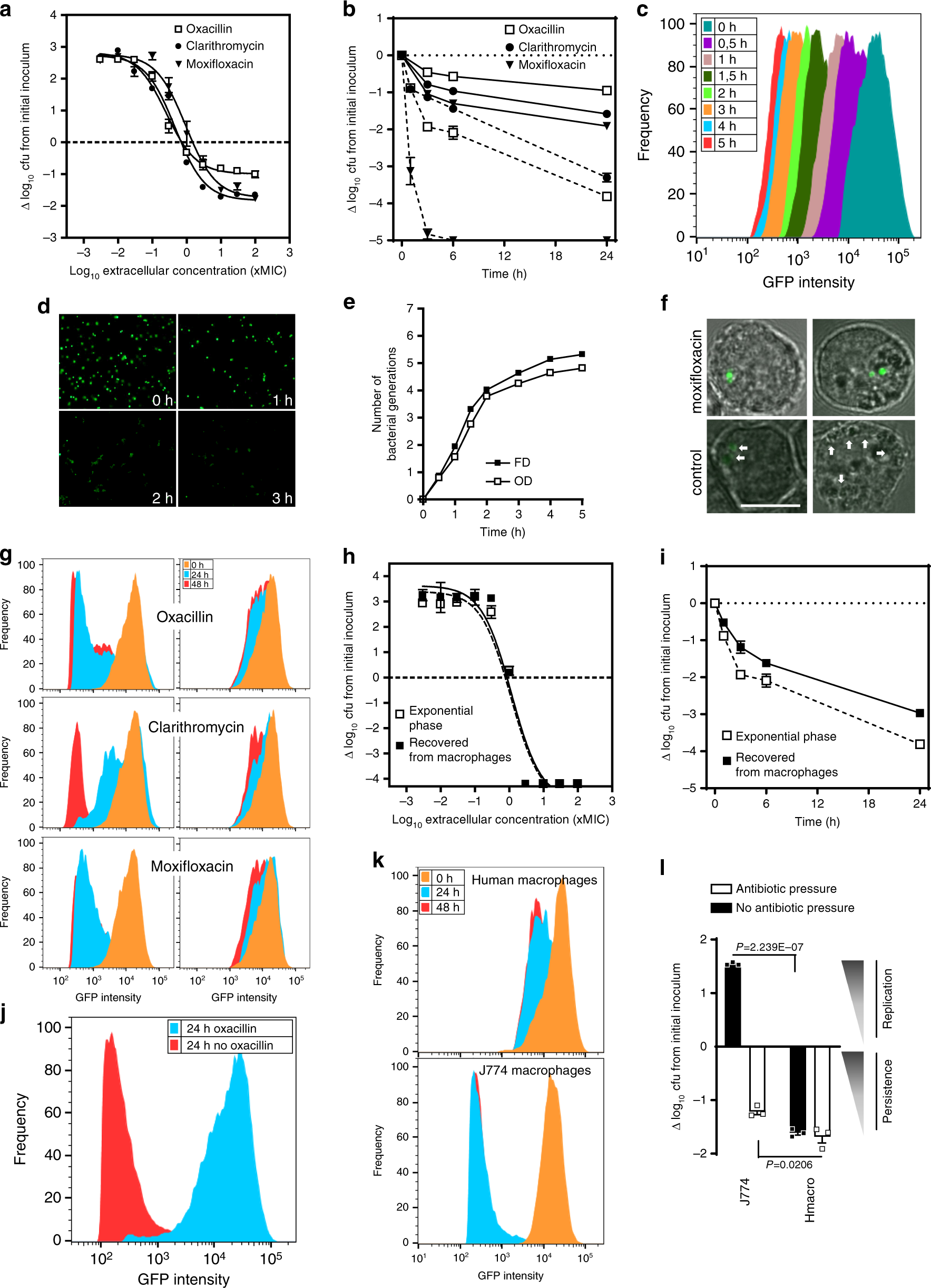Staphylococcus aureus, also known as "staph," is a type of bacteria that is commonly found on the skin and in the nasal passages of humans. While it is often harmless, it can also cause a range of infections, including skin infections, respiratory infections, and food poisoning. As such, it is important to understand the potential risks associated with staph infections and how to prevent them.
One of the primary reasons why staphylococcus aureus is important is that it can cause a wide range of infections. These infections can range from mild to severe, and can affect various parts of the body, including the skin, respiratory system, and digestive system. Some of the more common types of infections caused by staph include folliculitis (an infection of the hair follicles), abscesses, and impetigo (a contagious skin infection). In rare cases, staph infections can also lead to more serious conditions, such as sepsis (a potentially life-threatening condition that occurs when the body's response to infection damages its own tissues and organs) and toxic shock syndrome (a rare, life-threatening condition that is often associated with tampon use).
Another reason why staphylococcus aureus is important is that it is one of the leading causes of food poisoning. Staph can produce toxins that can contaminate food and cause food poisoning, which is characterized by symptoms such as nausea, vomiting, diarrhea, and abdominal cramps. In severe cases, food poisoning caused by staph can lead to dehydration and other complications.
It is also important to be aware of the potential for staph infections to become antibiotic-resistant. This means that certain strains of staph have developed the ability to survive exposure to antibiotics, which can make them more difficult to treat. Antibiotic-resistant staph infections are more common in healthcare settings, where patients may be more susceptible to infection due to their weakened immune systems.
To prevent staph infections, it is important to practice good hygiene, such as washing your hands frequently and keeping cuts and scrapes clean and covered. It is also important to avoid sharing personal items, such as towels and razors, and to properly cook and handle food to prevent food poisoning. In healthcare settings, it is important for healthcare workers to follow proper infection control protocols, such as wearing gloves and washing their hands, to prevent the spread of staph and other infectious diseases.
In conclusion, staphylococcus aureus is a type of bacteria that can cause a range of infections, including skin infections, respiratory infections, and food poisoning. It is important to be aware of the potential risks associated with staph infections and to take steps to prevent them, such as practicing good hygiene and following infection control protocols in healthcare settings.

